Pronunciation:
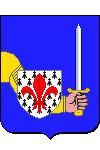
Georges Cadoudal was born in the hamlet of Kerleano , in Brittany, on January 1, 1771, the son of a miller. He stood out to his masters for his intelligence, studied at college of Vannes and became a prosecutor's clerk in 1790.
In 1793, he participated in the Vendée insurrections within the Jean-Nicolas Stofflet's Catholic and Royal Army. Having become the leader of the chouans of Brittany, he had to take refuge in his family after the disaster of Savenay which saw the destruction of the Vendée army.
Arrested in June 1794, he escaped and participated in the disastrous emigrant landing attempt in Quiberon in June 1795.
Forced into peace in 1796, he attempted another uprising in 1799, this time as generalissimo of the troops of the West, rank conferred on him by the Count of Artois. The coup of 18 Brumaire led to the failure of the insurrection while he was master of a large part of Morbihan, and led him to ask for peace in February 1800. After having negotiated it with General Guillaume Brune, he met Napoleon Bonaparte in Paris, refused the rank of Divisional General that the First Consul proposed to him, and took refuge in England.
The welcome he received there did not make him regret his choice. He was decorated with the Order of Saint Louis and named Lieutenant general. However, from June 1800, he returned clandestinely to Brittany to try to reorganize the Chouannerie. After the plot of the rue Saint-Nicaise, perpetrated by men he had sent to Paris, he had to flee again and took refuge in Jersey then near London.
Landed clandestinely at Biville-sur-Mer [49.99246, 1.24435], in Normandy, on August 21, 1803, Cadoudal secretly moved to Paris to foment, with the support of Generals Jean-Charles Pichegru and Jean Victor Marie Moreau, a new plot against the First Consul. But the conspiracy was discovered in February 1804.
Cadoudal remained untraceable for a month, despite the mobilization of all the forces of police, and the posting in Paris of his description: “Extremely paunchy brigand, of enormous corpulence, the head very remarkable for its extraordinary size, the nose crushed and as if cut at the end, the neck very short, the wrist strong and large, the legs and thighs not long, walks swinging and arms outstretched.
He was finally arrested on March 9, 1804 and tried in May. Although he denied any responsibility for the plot of Rue Saint-Nicaise, arguing that his aim was the capture and not the death of Napoleon Bonaparte, he was convicted on June 10 and guillotined on the 25th.
In the meantime, a misinterpretation of remarks made during his interrogation had caused the arrest and execution of the Duke of Enghien, treated as a member of the conspiracy.
Georges Cadoudal rests in a mausoleum [47.66165, -2.99384] opposite his native house in Kerléano, commune of Auray [An Alre] in Morbihan.
"Georges Cadoudal" by Amable Paul Coutan (Paris 1792 - Paris 1837).
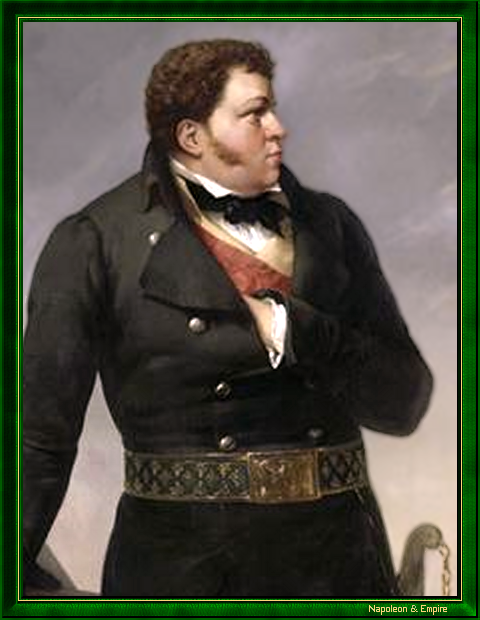
His family will be ennobled by King Louis XVIII.
After the proclamation of the French Empire, he had this formula: We have done more than we wanted; we wanted to make a King, we are making an Emperor!
Acknowledgments
We express our gratitude to Ms. Evelyne Salengros Dubreu, who graciously provided us with photos of the hamlet of Kerléano, the birthplace of Georges Cadoudal and his mausoleum.Other portraits
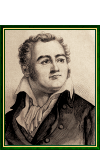
Enlarge
"Georges Cadoudal". Nineteenth century engraving.
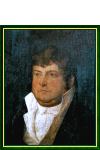
Enlarge
"Georges Cadoudal" by Louis-Léopold Boilly (La Bassée 1761 - Paris 1845).
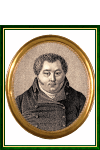
Enlarge
"Georges Cadoudal". Nineteenth century engraving.